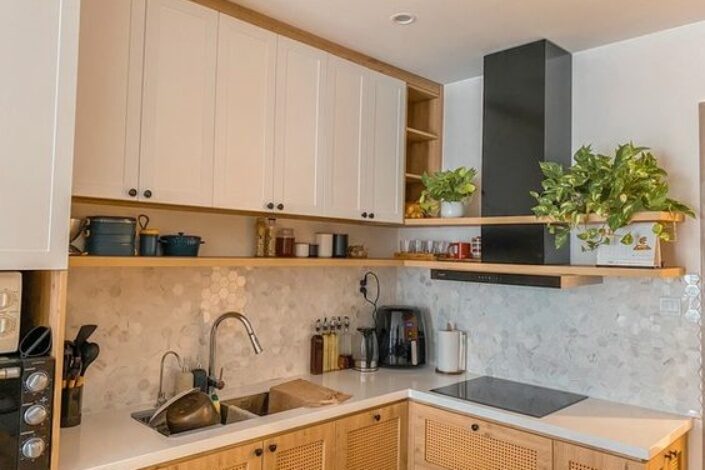News & Events, Trending Events | Monday July 5th, 2021 09:24 AM
Common Vernacular Architecture, Interior Design Culture and Traditions
Common Vernacular Architecture, the Right Style for Your Traditional Building
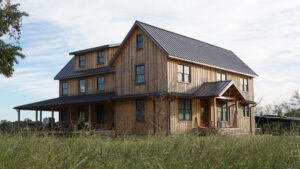
Vernacular Architecture. Source: Fine Home Building
Common Vernacular architecture is a simple building style that is specific to a region and period. It relies on the use of local materials and knowledge to construct buildings. Usually built without the supervision of a professional architect. If you are looking for a design with a general style, vernacular is the answer.
Vernacular architecture can be defined as a type of local or regional construction, adhering to the principles of green architecture as well as the basis on energy efficiency and utilizing materials and resources near the site. Using traditional materials and resources from the area where the building is located. As a result, this architecture is closely related to its context and is aware of certain geographical features and cultural aspects surrounding it, which are heavily influenced by it. For this reason, this building is unique in many parts of the world. It even becomes a means to reaffirm an identity.
Vernacular Design
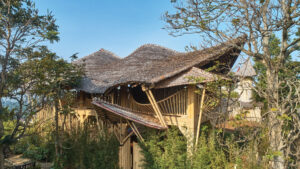
Vernacular Design. Source: Stir World
The simplest form to meet human needs, in other words, this building design ignores the rules and forgets modern architecture. However, due to the recent rise in energy costs, the trend has wisely swung in the other direction. The architects embraced the traditions of regionalism and cultural building, bearing in mind that these structures have proven to be energy efficient and overall sustainable. In this age of rapid technological progress and urbanization, there is still much to be learned from traditional knowledge of vernacular construction. Low-tech ways to create a home that fits the location. It is because of these principles that the existing architects often ignore them.
What are the Vernacular Characteristics?
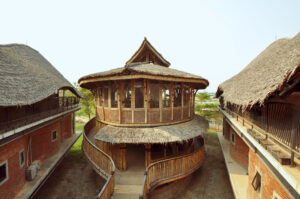
Alfa Omega School, Tangerang. Source: M Plus Stories
Because vernacular architecture was built by people for the people, houses tend to be simpler and less definitive than other forms of architecture. Other types of architecture use a deliberate set of rules and materials. Here, there is less emphasis on rules or aesthetics and more on creating something easy and effective without the need to travel far for building supplies.
The humanistic desire to integrate culturally with the surrounding environment is reflected in a harmonious architecture, a typology that can be identified with a particular area. This sociological aspect of architecture is present in the material, color scheme, architectural genre, language or spatial form that is carried through the urban framework. Vernacular settlements are usually structured in modernity in an unsystematic way. In other words, a singularly organized architecture, not focusing on community connectivity as a whole
Examples of Vernacular Building Applications
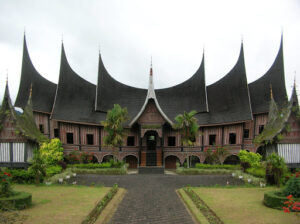
Indonesian Vernacular Architecture. Source: Asia Green Buildings
Created from a religious gathering, sparkling with diverse stories of colonialism. An example is the State of Indonesia. Which has always been the center of the crowd for sustainable and earthquake-prone settlements. These traditional settlements are strongly influenced by the tropical environment of the area, the socio-spatial organization, and the rice farming culture prevalent in the area. It is important to understand that Indonesian vernacular architecture continues to evolve in harmony with anthropology and everyday life.



